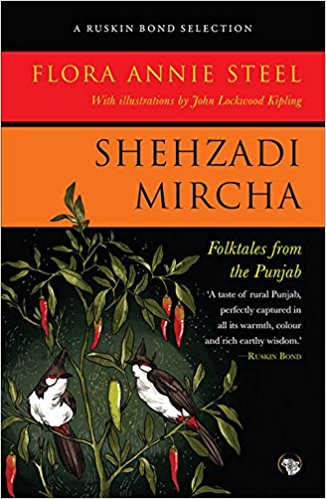
Shehzadi Mircha: Folktales from the Punjab (Ruskin Bond Selection) Paperback – 10 Oct 2017
350.00₹ 230.00₹
King Karna is fried every morning to provide a fakir’s breakfast, but finds that there is a more generous ruler than he; Raja Rasalu becomes a Jogi just for a glimpse of the fair Queen Sundaran; a rat thinks he drives a good bargain but is astonished when his bargaining brings him a bride and a bulbul pines for green chilies from the garden of a Jinn. These folktales and many others from all over North India were collected by Flora Annie Steel in the nineteenth century. Today, they are an invaluable snapshot of a bygone era; they evoke the timeless India of myth and legend, peopled with talking animals, powerful fakirs and heroic kings, where anything can happen and usually does. Charmingly illustrated by John Lockwood Kipling, father of Rudyard Kipling and complete with original verses in Hindi and Punjabi, Shehzadi Mircha: Folktales from the Punjab is a delightful book for adults and young readers alike.
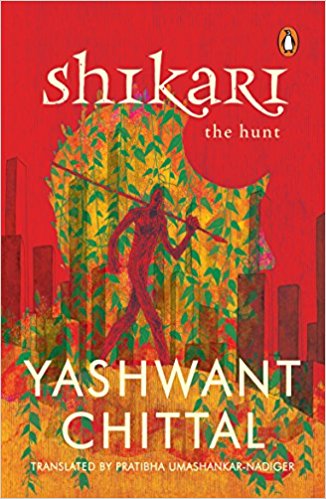
Shikari: The Hunt Paperback – 25 Oct 2017
399.00₹ 260.00₹
Shikari opens a window to a fiercely competitive corporate world where it is often difficult to distinguish between the hunter and the hunted. As the story of Nagappa, framed for causing a fire in the company’s factory, unfolds, it reveals more than the underbelly of workplace politics.
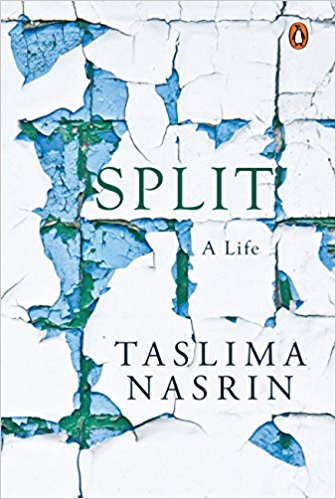
Split: A Life Hardcover – 26 Feb 2018
599.00₹ 499.00₹
Taslima Nasrin is known for her powerful writing on women’s rights and uncompromising criticism of religious fundamentalism. This defiance on her part had led to the ban on the Bengali original of this book by the Left Front in West Bengal as well as the Government of Bangladesh in 2003. While the West Bengal government lifted the injunction after the ban was struck down by the Calcutta High Court in 2005, Nasrin was eventually driven out of Kolkata and forced to expunge passages from the book, besides facing a four-million-dollar defamation lawsuit. Bold and evocative, Split: A Life opens a window to the experiences and works of one of the bravest writers of our times.
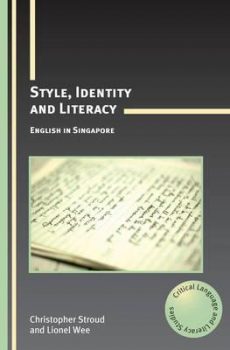
Style, Identity and Literacy: English in Singapore
2,390.00₹ 1,400.00₹
Style, Identity and Literacy: English in Singapore is a qualitative study of the literacy practices of a group of Singaporean adolescents, relating their patterns of interaction – both inside and outside the classroom – to the different levels of social organization in Singaporean society (home, peer group and school). Combining field data gathered through a series of detailed interviews with available classroom observations, the study focuses on six adolescents from different ethnic and social backgrounds as they negotiate the learning of English against the backdrop of multilingual Singapore. This book provides social explanations for the difficulties and challenges these adolescents face by drawing on current developments in sociolinguistics, literacy studies, English language teaching and language policy.
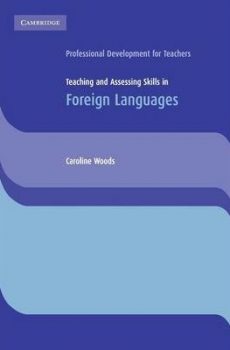
Teaching and Assessing Skills in Foreign Languages
1,800.00₹ 1,250.00₹
The handbooks provide clear practical and up-to-date adviceon teaching and assessing skills across a range of core subject areas for IGCSE and O Level;they can also be used by teachers delivering local syllabuses in the subject. They offer ideas and strategies for effective classroom practice, the setting of coursework, assessing students’ work and the integration of different skills. Readers can ‘dip into’ the books to read up on a particular topic or approach and the material is relevant to both new and experienced teachers alike. All authors are experienced teachers, teacher trainers and examiners.
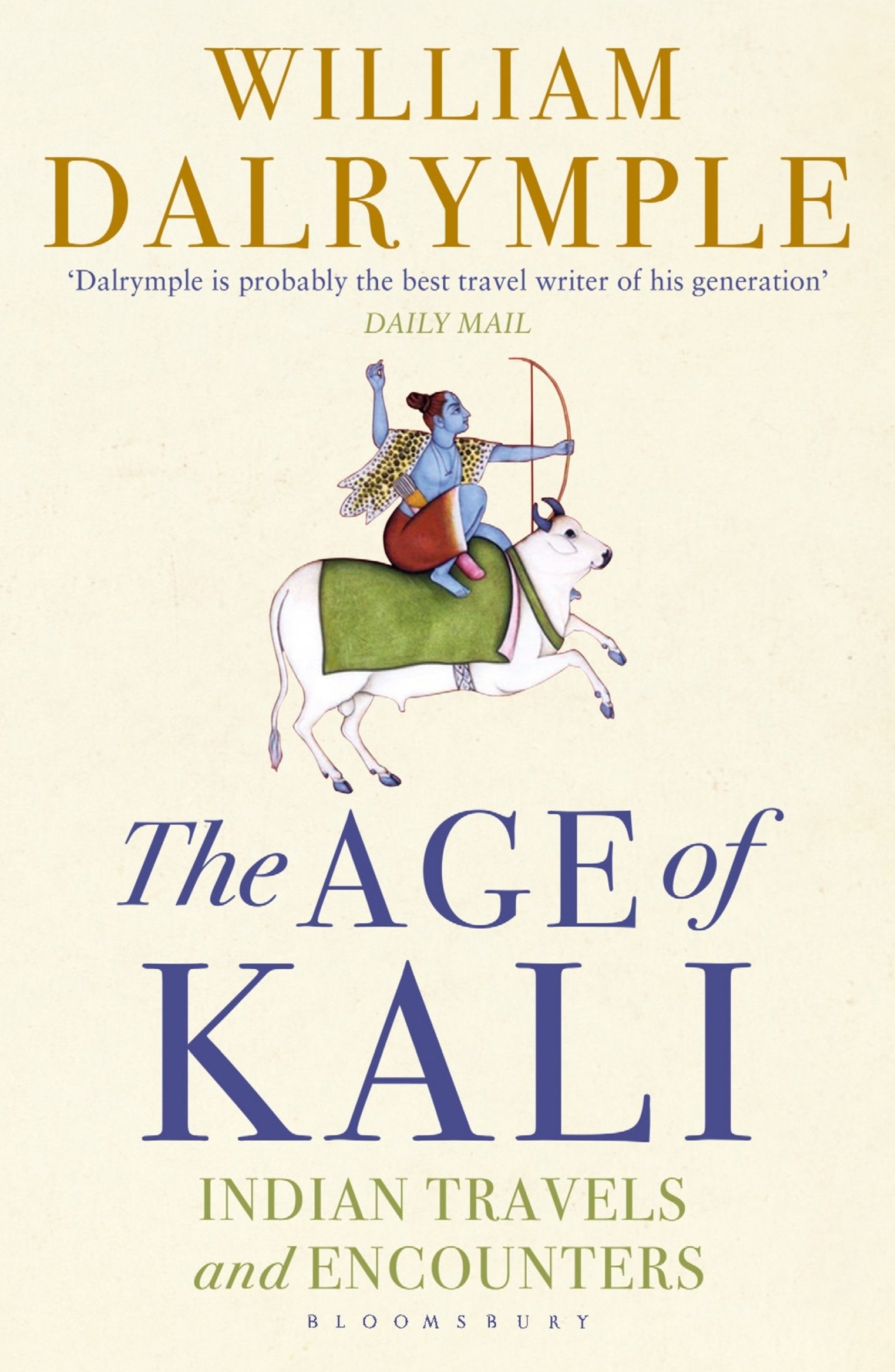
The AGE of KALI – INDIAN TRAVELS and ENCOUNTERS
499.00₹ 380.00₹
The result of 10 year’s living and traveling throughout the Indian subcontinent, The Age of Kali emerges from Dalrymple’s uneasy sense that the region is slipping into the most fearsome of all epochs in ancient Hindu cosmology: “the Kali Yug, the Age of Kali, the lowest possible throw, an epoch of strife, corruption, darkness, and disintegration.” “The brilliance of this book lies in its refusal to reflect any cultural pessimism. Dalrymple’s love for the subcontinent, and his feel for its diverse cultural identity, comes across in every page, which makes its chronicles of political corruption, ethnic violence, and social disintegration all the more poignant. The scope of the book is particularly impressive, from the vivid opening chapters portraying the lawless caste violence of Bihar, to interviews with the drug barons on the North-West Frontier, and Dalrymple’s extraordinary encounter with the Tamil Tigers in Sri Lanka. Some of the most fascinating sections of the book are Dalrymple’s interviews with Imran Khan and Benazir Bhutto in Pakistan, which read like nonfiction companion pieces to Salman Rushdie’s bitterly satirical Shame. The Age of Kali is a dark, disturbing book that takes the pulse of a continent facing some tough questions.
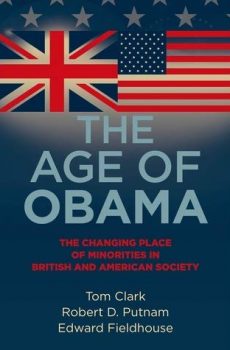
The age of Obama
1,395.00₹ 790.00₹
The age of Obama: The changing place of minorities in British and American society by Tom Clark, Robert D. Putnam, Edward Fieldhouse
Drawing on collaborative research from a distinguished team at Harvard and Manchester universities, ‘The age of Obama’ asks how two very different societies are responding to the tide of diversity that is being felt around the rich world. ‘Guardian’ journalist Tom Clark, Robert D. Putnam – best-selling author of ‘Bowling alone’ – and Manchester’s Edward Fieldhouse offer a wonderfully readable account. Like ‘Bowling alone’, ‘The age of Obama’ mixes social scientific rigor with accessible charts and lively arguments. It will be enjoyed by politics, sociology and geography students, as well as by anyone else with an interest in ethnic relations.
Injustice, it turns out, still blight lives of many UK and US minorities – particularly African Americans. And there are signs the new diversity strains community life. Yet in both countries, public opinion is running irreversibly in favour of tolerance. That augurs well for the future – and suggests a British Obama cannot be ruled out.
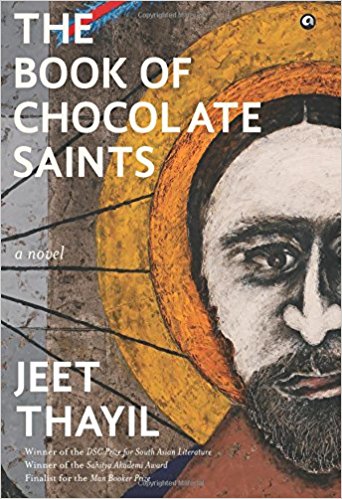
THE BOOK OF CHOCOLATE SAINTS
799.00₹ 519.00₹
Narrated in a huge variety of voices and styles, all of which blend seamlessly into a novel of remarkable accomplishment, The Book of Chocolate Saints is the sort of literary masterpiece that only comes along once in a very long time.
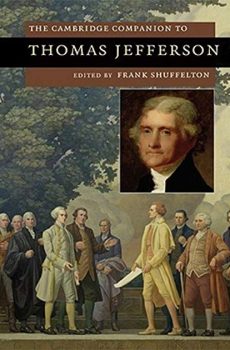
The Cambridge Companion to Thomas Jefferson
1,540.00₹ 1,195.00₹
This Companion forms an accessible introduction to the life and work of Thomas Jefferson, third President of the United States and author of the Declaration of Independence. Essays explore Jefferson’s political thought, his policies towards Native Americans, his attitude to race and slavery, as well as his interests in science, architecture, religion and education. Contributors include leading literary scholars and historians; the essays offer up to date overviews of his many interests, his friendships and his legacy. Together, they reveal his importance in the cultural and political life of early America. At the same time these original essays speak to abiding modern concerns about American culture and Jefferson’s place in it. This Companion will be essential reading for students and scholars of Jefferson, and is designed for use by students of American literature and American history.
- An overview of Jefferson’s life, career, and afterlife as a central figure of early American history
- A useful tool for students of American history, politics and culture
- Includes a chronology and guide to further reading
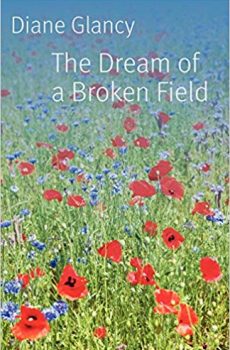
The dream of a broken field
2,095.00₹ 1,495.00₹
The dream of a broken field is to bear crops. The dream of a broken history is to create meaning, to find among the fragments a way to tell the story of a life. It is this dream that Diane Glancy pursues here, through essays on writing, faith, family, teaching, and retirement. Blending a poet’s vision and a storyteller’s voice, the result is at once a virtuoso work of creative nonfiction and an exploration of that genre’s outer limits by one of the foremost voices in Native American literature today.
Uneasily and yet firmly balanced between European and Native cultures—English and German on her mother’s side, Cherokee on her father’s—Glancy continues to search for a language that articulates the Native experience with both the fullness of tradition and the lapses inherent in a broken heritage. Accordingly, The Dream of a Broken Field offers a narrative that pauses and circles, connects and changes direction and travels great distances with grace only to stop sharply for a startling insight. Writing of weekend trips and long journeys, of natural landscapes and burial mounds, of Native American cosmology and a Christian upbringing, of Native American boarding schools and indigenous writers in American universities, Glancy captures the opposing demands of a hurried life and the timeless reflections of a history forever unfolding.
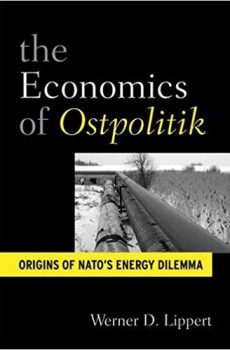
The Economic Diplomacy of Ostpolitik
8,400.00₹ 2,870.00₹
Despite the consensus that economic diplomacy played a crucial role in ending the Cold War, very little research has been done on the economic diplomacy during the crucial decades of the 1970s and 1980s. This book fills the gap by exploring the complex interweaving of East–West political and economic diplomacies in the pursuit of détente. The focus on German chancellor Willy Brandt’s Ostpolitik reveals how its success was rooted in the usage of energy trade and high tech exchanges with the Soviet Union. His policies and visions are contrasted with those of U.S. President Richard Nixon and the Realpolitik of Henry Kissinger. The ultimate failure to coordinate these rivaling détente policies, and the resulting divide on how to deal with the Soviet Union, left NATO with an energy dilemma between American and European partners-one that has resurfaced in the 21st century with Russia’s politicization of energy trade. This book is essential for anyone interested in exploring the interface of international diplomacy, economic interest, and alliance cohesion.
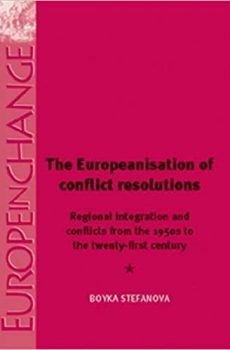
The Europeanisation of Conflict Resolutions
6,950.00₹ 1,590.00₹
This book is about the EU’s role in conflict resolution and reconciliation in Europe.
Ever since it was implemented as a political project of the post-World War II reality in Western Europe, European integration has been credited with performing conflict resolution functions. It allegedly transformed the long-standing adversarial relationship between France and Germany into a strategic partnership. Conflict in Western Europe became obsolete. The end of the Cold War further reinforced its role as a regional peace project.
While these evolutionary dynamics are uncontested, the deeper meaning of the process, its transformative power, is still to be elucidated. How does European integration restore peace when its equilibrium is broken and conflict or the legacies of enmity persist? This book sets out to do exactly that. It explores the peace and conflict-resolution role of European integration by testing its somewhat vague, albeit well-established, macro-political rationale of a peace project in the practical settings of conflicts. The analytical lens of that of Europeanization.
The central argument of the book is that the evolution of the policy mix, resources, framing influences and political opportunities through which European integration affects conflicts and processes of conflict resolution demonstrates a historical trend through which the EU has become an indispensable factor of conflict resolution . It begins with the pooling together of policy-making at the European level for the management of particular sectors (early integration in the European Coal and Steel Community) through the functioning of core EU policies (Northern Ireland) to the challenges of enlargement (Cyprus) and the European perspective for the Western Balkans (Kosovo). The book will be of value to academics and non-expert observers alike with an interest in European integration and peace studies.
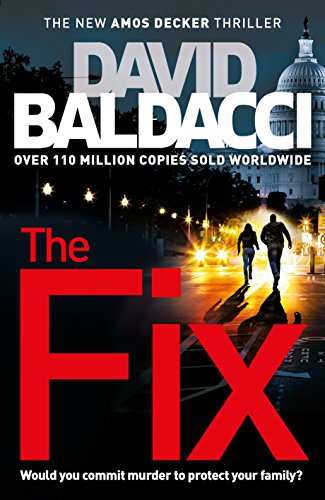
The Fix (Amos Decker series – Paperback – 2 Nov 2017)
399.00₹ 260.00₹
Amos Decker, David Baldacci’s unique special agent, who suffered a head injury that resulted in giving him the gift of a remarkable memory takes on another case in The Fix.
Walter Dabney is a family man. A loving husband and the father of four grown daughters, he’s built a life many would be proud of.
But then the unthinkable happens.
Standing outside the FBI Headquarters in Washington, DC, Dabney shoots school teacher Anne Berkshire in cold blood before turning the gun on himself.
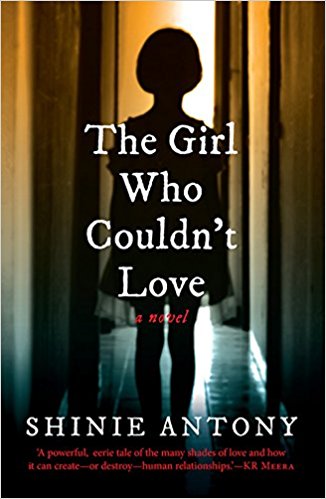
The Girl Who Couldn’t Love – Paperback 10th October 2017
299.00₹ 199.00₹
An introverted, middle-aged spinster, Roo or Rudrakshi Sen, lives with her mother and teaches English at a local school. Roo’s mother, semi-blind and a chronic invalid, lives most of the time in an imaginary world where she turns the grief of her husband’s death and their bizarre relationship into the belief that theirs was a happy, conventional marriage. Roo cultivates an aloof manner and distances herself from close relationships to stave off memories of her childhood and of Eeedee, the girl who entered her life as a six-year-old and left as a teenager—after one night that was to haunt and shape both their adult lives. When Kumar, a man much younger than her, enters Roo’s life out of nowhere, she is intensely attracted to him—an attraction she believes is reciprocal. She begins an affair with this mysterious stranger, knowing that all affairs end messily. It is her secrets she wants to shield. But her secrets and this man are inextricably linked. Shinie Antony’s sparse yet evocative prose gives strength to this haunting tale of twisted relationships.
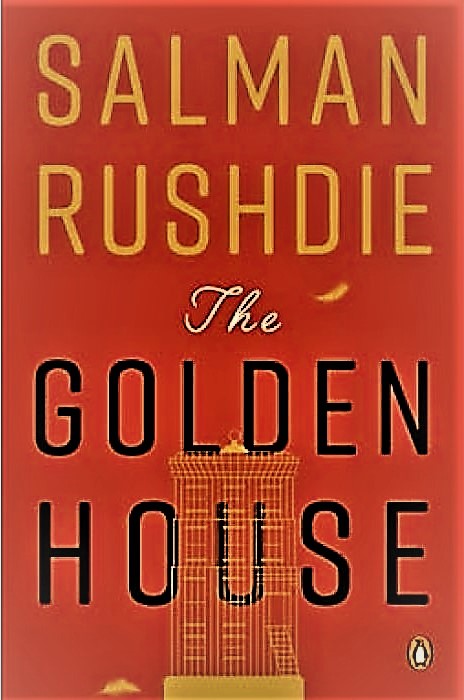
THE GOLDEN HOUSE
699.00₹ 500.00₹
On the day of Barack Obama’s inauguration, an enigmatic billionaire from Bombay takes up residence in a cloistered community in New York’s Greenwich Village. Along with his improbable name, untraceable accent and an unmistakable air of danger, Nero Golden has brought along his three adult sons: agoraphobic, alcoholic Petya; Apu, the flamboyant artist; and D, who harbours an explosive secret even from himself. The story of the powerful Golden family is told from the point of view of their neighbour and confidant, René, an aspiring filmmaker who finds in the Goldens the perfect subject. René chronicles the undoing of the house of Golden: the high life of money, of art and fashion, a sibling quarrel, an unexpected metamorphosis, the arrival of a beautiful woman, betrayal and murder and far away, in India, the unravelling of an insidious plot. Copiously detailed, sumptuously inventive, brimming with all the razzle-dazzle that imbues his fiction with the lush ambience of a fable, The Golden House is about where we were before 26/11, where we are today and how we got here. The result is a modern epic of love and terrorism, loss and reinvention-a powerful, a timely story told with the daring and panache that makes Salman Rushdie a force of light in our dark new age.
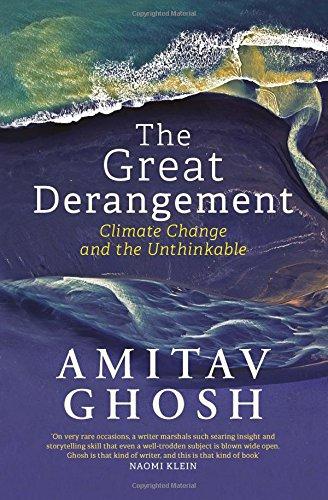
The Great Derangement : Climate Change and the Unthinkable
399.00₹ 310.00₹
Are we deranged? One of India s greatest writers, Amitav Ghosh, argues that future generations may well think so. How else can we explain our imaginative failure in the face of global warming? In this groundbreaking return to non-fiction, Ghosh examines our inability at the level of literature, history and politics to grasp the scale and violence of climate change. The extreme nature of today s climate events makes them peculiarly resistant to the contemporary imagination. In fiction, hundred-year storms and freakish tornadoes simply feel too improbable for the novel and are automatically consigned to other genres. In the writing of history, too, the climate crisis has sometimes led to gross simplifications. Ghosh suggests that politics, much like literature, has become a matter of personal moral reckoning rather than an area of collective action. But to limit culture and politics to individual moral adventure comes at a great cost. The climate crisis asks us to imagine other forms of human existence a task to which fiction, Ghosh argues, is the best suited of all forms. The Great Derangement serves as a brilliant writer’s summons to confront the most urgent task of our time.
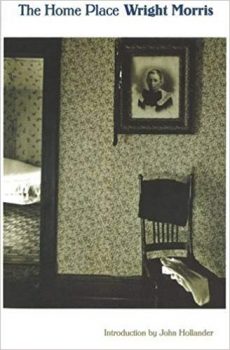
The Home Place
1,050.00₹ 890.00₹
Reproduced from the 1948 edition of The Home Place, the Bison Book edition brings back into print an important early work by one of the most highly regarded of contemporary American Writers.
This account in first-person narrative and photographs of the one-day visit of Clyde Muncy to “the home place” at Lone Tree, Nebraska, has been called “as near to a new fiction form as you could get.” Both prose and pictures are homely: worn linoleum, an old man’s shoes, well-used kitchen utensils, and weathered siding. Muncy’s journey of discovery takes the measure of the man he has become and of what he has left behind.
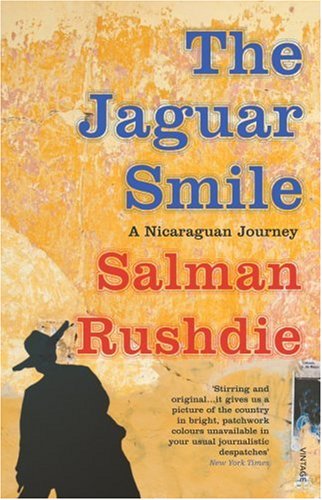
The Jaguar Smile
450.00₹ 350.00₹
In this brilliantly focused and haunting portrait of the people, the politics, the land, and the poetry of Nicaragua, Salman Rushdie brings to the forefront the palpable human facts of a country in the midst of a revolution.
Rushdie went to Nicaragua in 1986, harboring no preconceptions of what he might find. What he discovered was overwhelming: a culture of heroes who had turned into inanimate objects and of politicians and warriors who were poets; a land of difficult, often beautiful contradictions. His perceptions always heightened by his special sensitivity to “the views from underneath,” Rushdie reveals a land resounding with the clashes between history and morality, government and individuals. With a new preface by the author.
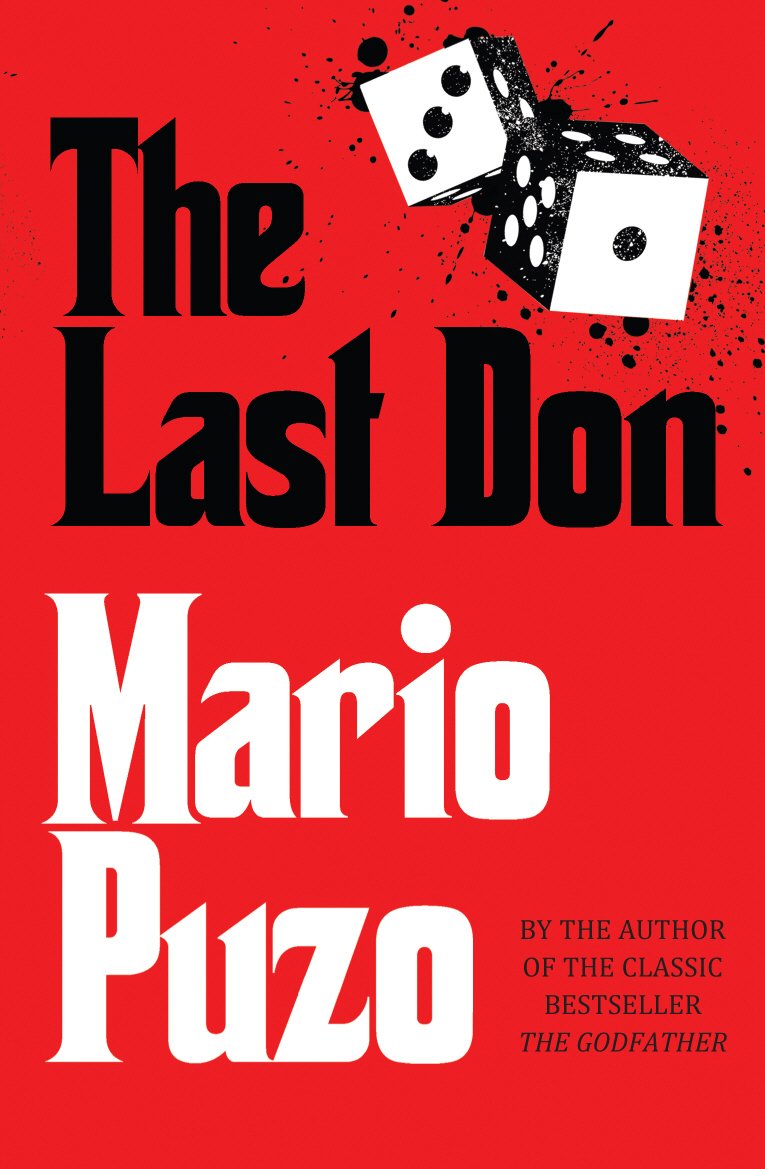
The Last Don
399.00₹ 299.00₹
The last don is Domenico Clericuzio, a wise and ruthless man who is determined to see his heirs established in legitimate society but whose vision is threatened when secrets from the family’s past spark a vicious war between two blood cousins.

The Man from the Egg: Unusual Tales about the Trinity
250.00₹ 180.00₹
Award-winning author Sudha Murty walks by your side, weaving enchanting tales of the three most powerful gods from the ancient world. Each story will take you back to a magical time when people could teleport, animals could fly and reincarnation was simply a fact of life.





















